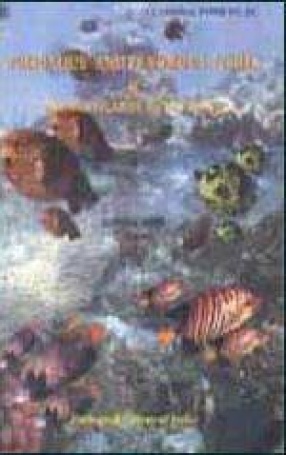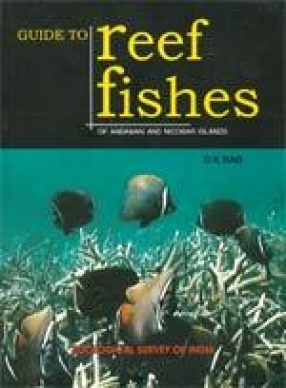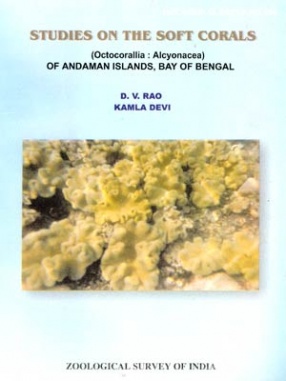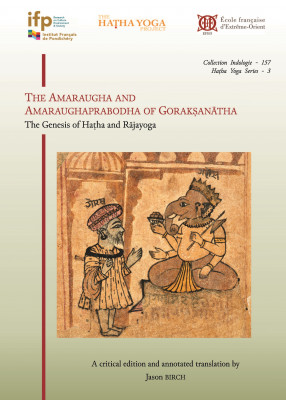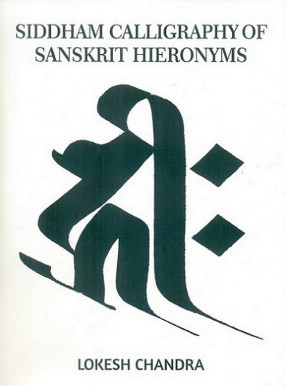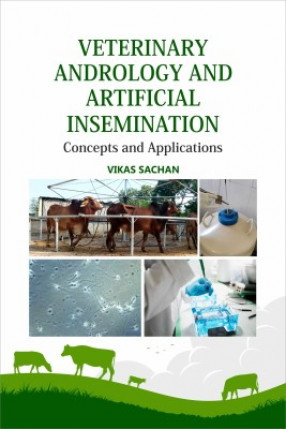FREE & QUICK WORLDWIDE SHIPPING ON $60+
TAKE 10% OFF YOUR ORDER | USE CODE: TAKE10
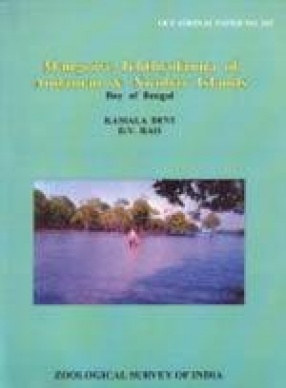
Book details
-
 xvi+224p., Figures.
xvi+224p., Figures.
-
 Softcover
Softcover
-
 English language
English language
-
 Zoological Survey of India
Zoological Survey of India
-
 19.09.2007
19.09.2007
-
 ISBN 10:
8181711496
ISBN 10:
8181711496
Related categories
Mangrove Ichthyofauna of Andaman and Nicobar Islands, Bay of Bengal
Synopsis
Mangrove ecosystems are the most important and characteristic littoral plant formations of tropical and subtropical sheltered coastlines. Mangroves have suffered from a very poor reputation in the last several decades and further, have often been considered unsafe, worthless and harmful flies and mosquito-infested areas, being avoided by the people. Until very recently, mangrove swamps were often considered unattractive and frequently cut down for fire wood. In-times they have been re-evaluated due to their principal ecological functions such as breeding, spawning, hatching and nursery grounds for a variety of marine fauna. They also play a major role in shoreline stability and prevent excessive erosion. They are systems of both high organic production and nutrient traps. Mangroves reduce the flow of nutrient loads into the sea and support the growth of seagrasses and corals around coastal regions. The mangrove ecosystem is highly productive and helps in exchange of matter and energy with adjacent terrestrial and marine ecosystems. The different macro habitats of the mangroves support rich and taxonomically diverse microbial, floral and faunal components, making this ecosystem a reservoir for abundant and unique biodiversity. Next to their ecological value, mangroves provide abundant commercial products, generating much needed economic opportunities in the coastal regions. The most important component of the economic potential of mangroves is the use of their biodiversity such as fishes, crustaceans and molluscs. The fish is considered as one of the most important components of the mangrove fauna. The mangroves usually grow in sheltered low lying coastal areas, mudflats, tidal creeks, backwaters, marshes, lagoons and estuaries of tropical and subtropical regions of the world. In India mangroves are distributed along the east and west coasts and Andaman and Nicobar Islands covering an estimated area of 6,740 sq. km., which constitutes about 7% of the world mangroves. The three different types of mangrove forests found in India are deltaic, backwater or estuarine and insular types. The mangrove vegetation usually grows on soft or compact mud, sandy-mud and rocks or adjacent to reefs.
-10%
Item available. Ships in 2-4 days.




